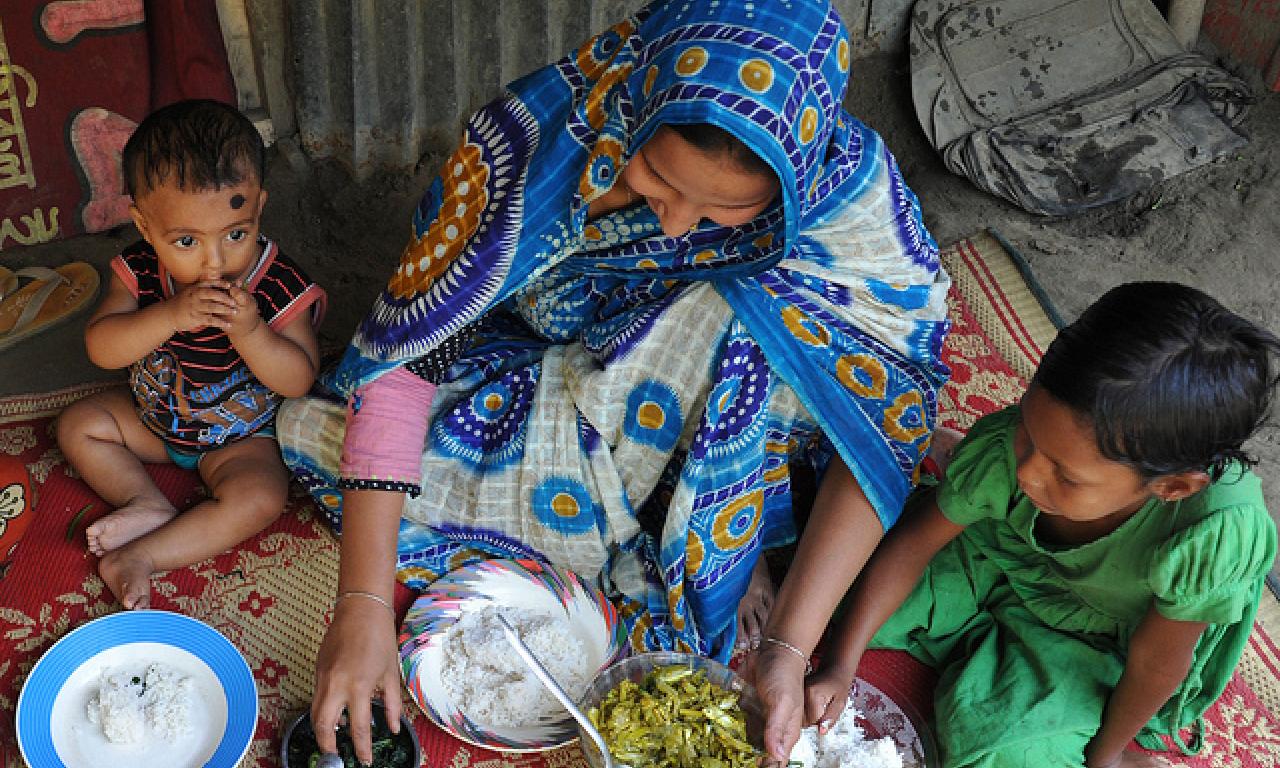
Andrew Thorne-Lyman, Senior Nutrition Specialist at WorldFish and Adjunct Lecturer in the Department of Nutrition, at the Harvard University School of Public Health, guest blogs on the nutritional value of fish and its role in global development. Since joining WorldFish, I’ve spent a great deal of time learning about the important role that aquaculture and fisheries play within the global food system and considering the possibilities for harnessing the sector to have even greater impact on human nutrition and health.
Recommended publications
- Fisheries in transition: Food and nutrition security implications for the global South
- Fish for food security and improved nutrition: Rich in calcium, iron, zinc and vitamin A
Andrew Thorne-Lyman, Senior Nutrition Specialist at WorldFish and Adjunct Lecturer in the Department of Nutrition, at the Harvard University School of Public Health, guest blogs on the nutritional value of fish and its role in global development.
Since joining WorldFish, I’ve spent a great deal of time learning about the important role that aquaculture and fisheries play within the global food system and considering the possibilities for harnessing the sector to have even greater impact on human nutrition and health.
The arguments in favor of fish as a heart healthy food are compelling. Fish is a rare source of omega-3 polyunsaturated fatty acids. These are likely to be responsible for many of its cardiovascular benefits. A comprehensive analysis of studies by researchers from Harvard School of Public health found that consumption of 203g of fatty fish a week reduces death by heart disease by more than a third.
There is also reason to believe that fish consumption in pregnancy and early childhood could be beneficial. More than half of the human brain is made up of fatty acids, and omega-3 polyunsaturated fatty acids, especially DHA and EPA, play an important role in its structure and function.
A large study of more than 11,000 pregnant women found that consumption of at least two servings (340g/week) of fish in pregnancy led to higher results on multiple tests of child development compared to those who consumed less than this. Follow-up studies are needed to explore whether this association, leads to lasting positive effects including success in school or higher lifetime incomes. The evidence for increased consumption of omega-3 rich fish in pregnancy is certainly compelling.
While epidemiologists are often most interested in fish due to its high content of omega-3 polyunsaturated fatty acids, the literature on fisheries and aquaculture most often focuses on fish as a source of protein. Interestingly, it is rare to see either group mention that fish is also an important source of key micronutrients rare in the diets of poorer populations. By de-emphasizing this point, an important opportunity is being missed, as nutrients such as zinc, iron, calcium, and vitamin A have shown strong effects on the health, survival and well being of nutritionally vulnerable populations
It is, however, important to recognize that different species of fish vary dramatically in their nutritional content. Small indigenous fish species found in Asia and Africa are often eaten whole. Consuming the entire fish, including its head and bones significantly adds to its nutritional value, because many nutrients are concentrated in the heads and bones of the fish. Smaller fish also appear to often be shared more equitably in the household than larger fish—an important consideration in countries where men consume the majority of the most desirable foods. Small fish can also be easily dried, enabling poorer households to have year-round access to micronutrients.
More efforts are needed to find ways to increase the production of small indigenous fish through improved natural resource management of wild stocks and to document the nutritional value of hundreds of species, as we simply do not know the nutritional content of many of them. There are also opportunities to modify the cultivation, feeding and harvesting practices used in aquaculture as an opportunity to increase the availability of small fish and even the nutritional content of larger fish.
The whole may also be greater than the sum of its parts as both fish and meat appear to also have catalytic effects for the absorption of micronutrients from other parts of the diet. In short, fish has value as part of a healthy diet that goes beyond its individual contributions to nutrient intake.
The way forward
Important progress was made earlier this month towards agreeing upon the Sustainable Development Goals. Over the coming years, many countries will boost investment in early childhood development interventions and efforts to ensure healthcare for all. But let’s not forget, good nutrition underlies the success of advances in both health and development—for individuals and for nations. Putting in place food systems that promote good health and development is an important foundation for growth. Investing in fish now could have long lasting dividends.